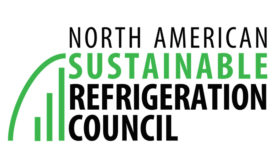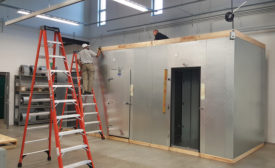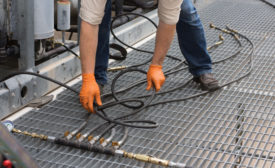Refrigeration
Conference Tackles Challenges for Food Retailers, HVACR Contractors
Supermarkets must respond to customers’ changing needs or be left behind
Read More
Don’t Just Walk Away From Difficult Refrigeration Repairs — Fix Them
Technicians must find solutions to challenging service problems
Read More
Dirty Condenser Coils Are the Culprits That Cause Many HVACR Problems
Fouled coils result in less efficient refrigeration and air conditioning systems
Read More
HVACR Students Get Hands-on Experience Building Their Own Training Equipment
Need a Lab? Why Not Build a Lab?
Read More
It Is Never a Good Idea for HVACR Techs to Mix Refrigerants
Experts note an increase in improperly charged systems
Read More
Copyright ©2024. All Rights Reserved BNP Media.
Design, CMS, Hosting & Web Development :: ePublishing













